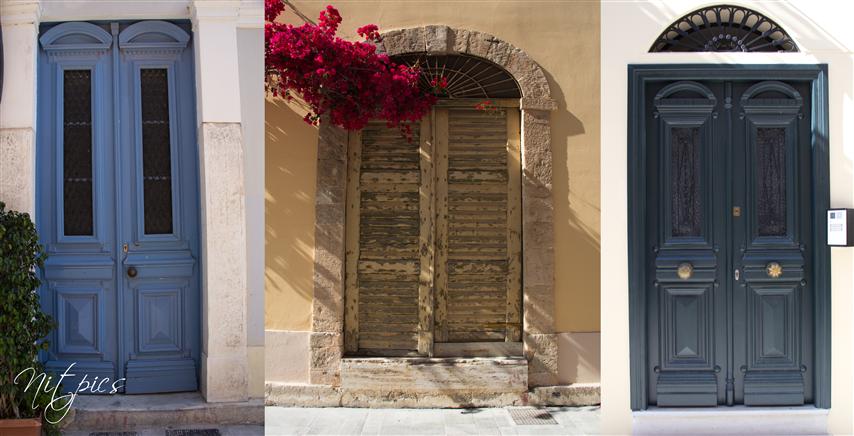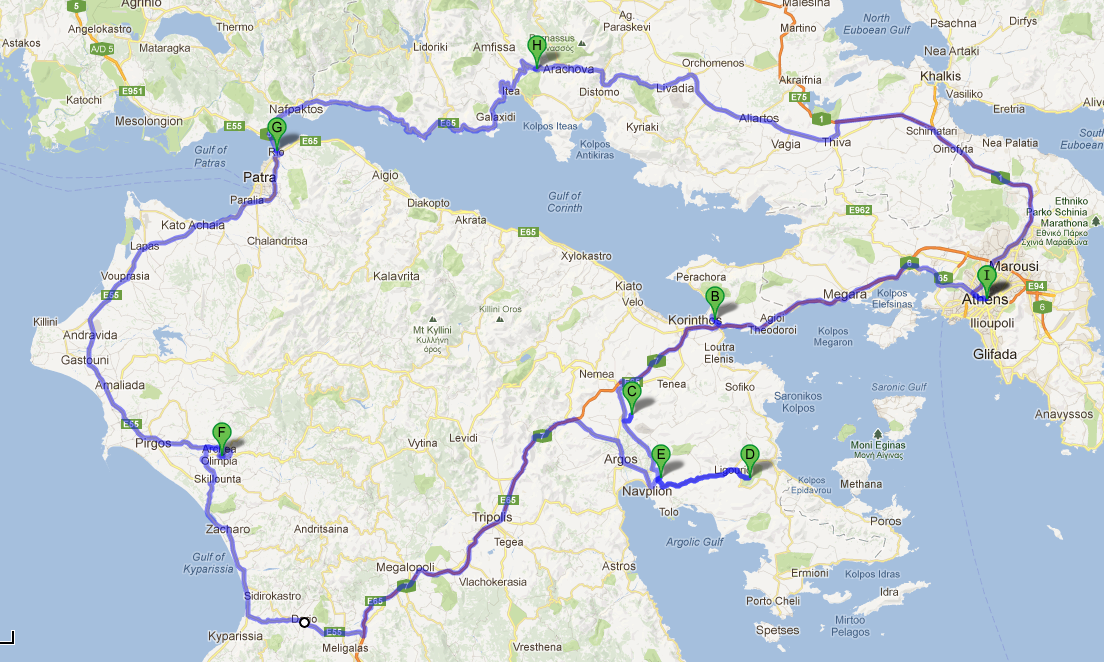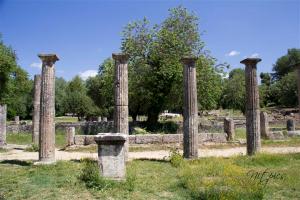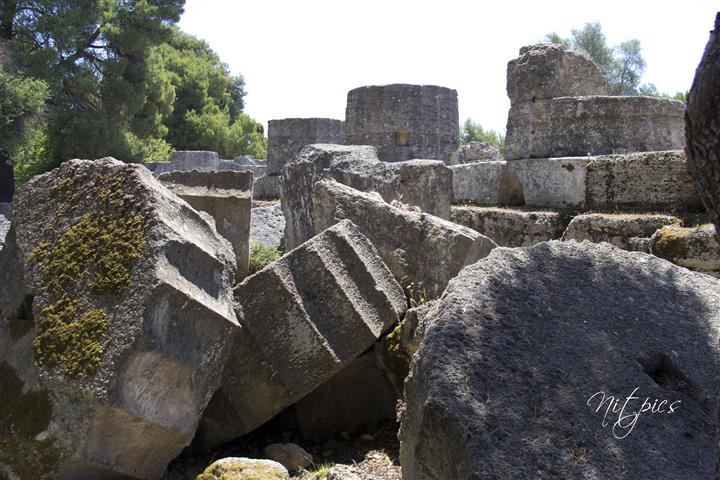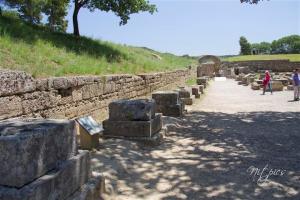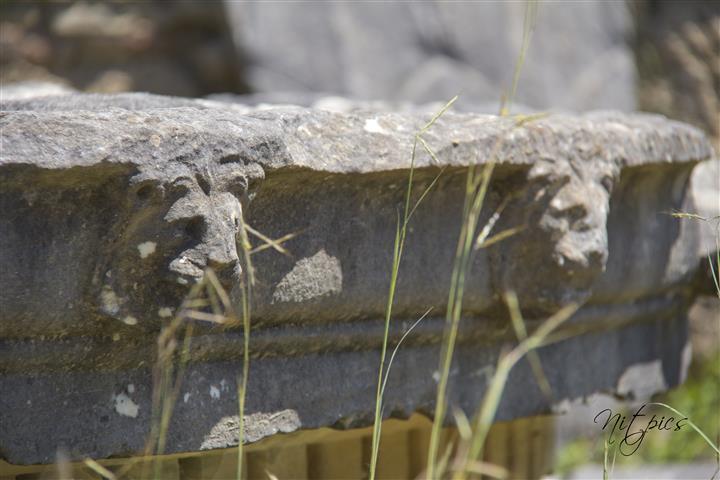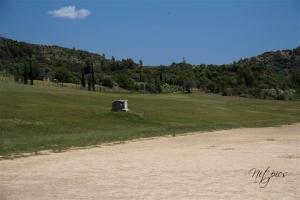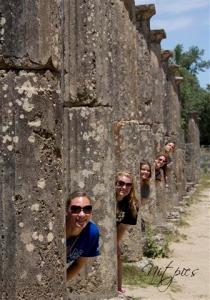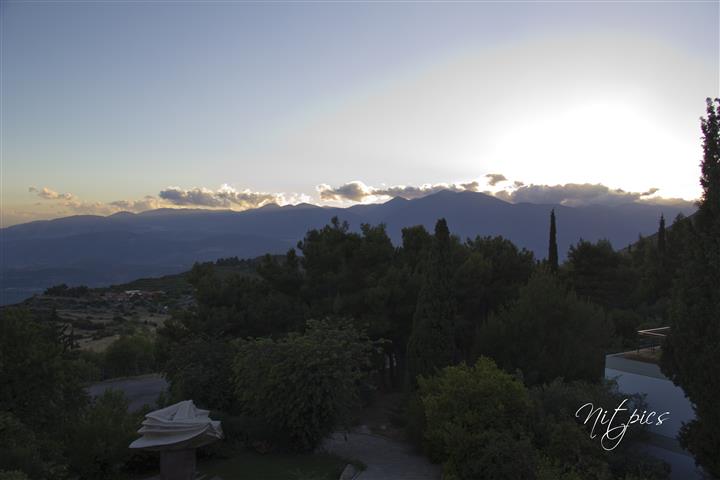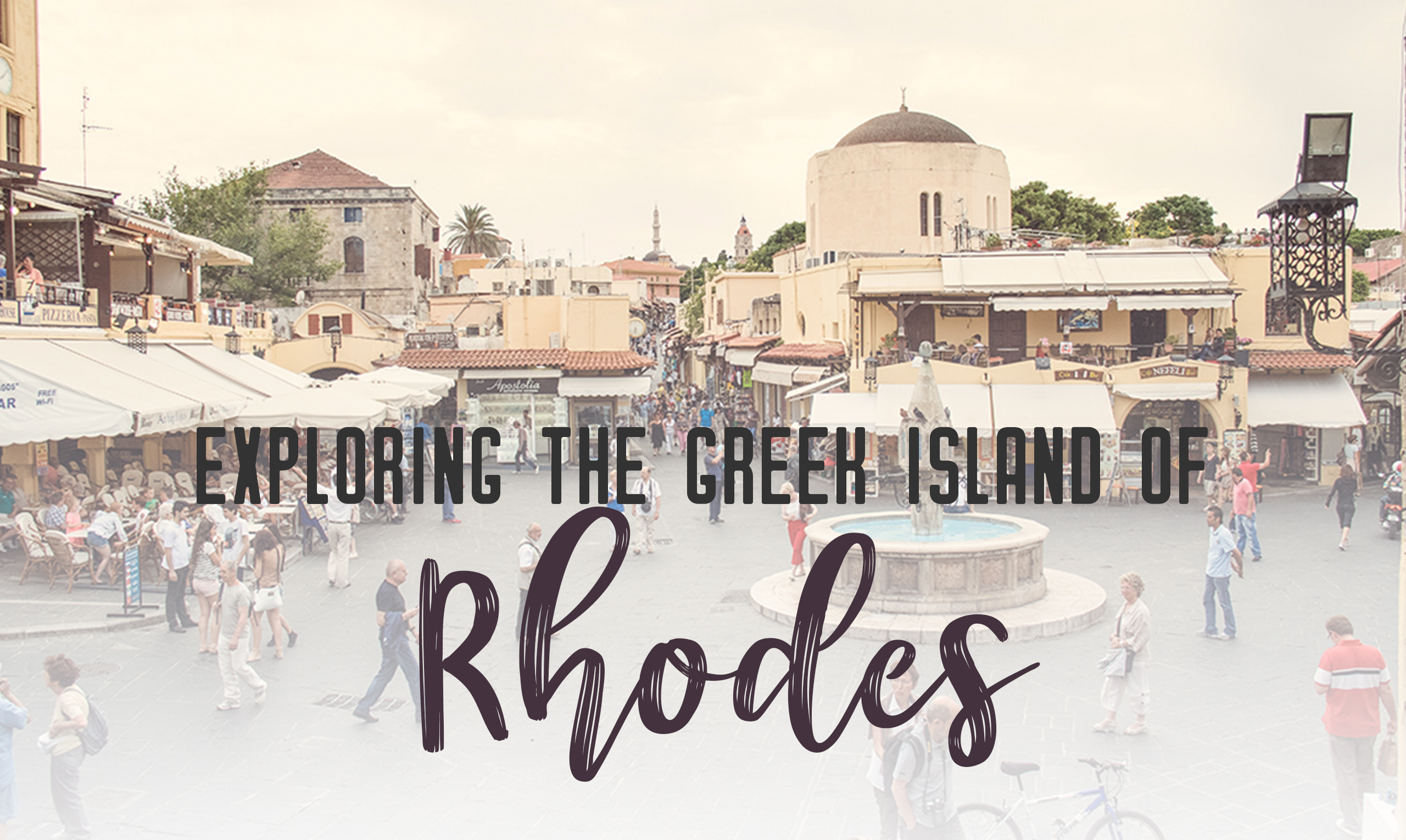On day two of our tour through Classical Greece, we drove through the country side straight through to the site of Olympia. On our way there, we learned of the great fire in Greece in 2007 and how it devastated this area. It consumed the Peloponnese, burning from June to September.
George, our tour guide, also told us the story of the oldest olive tree in Greece. The Tree was located in Athens, near the Acropolis, and dated back to 600 BC. THAT IS AN OLD TREE. Now, it wasn’t bearing fruit, but it was still a monument of the strength of an olive tree. This is how it died: last year, a man crashed his car into the tree, and it finally died. What a sad ending.
Speaking of olive trees, they are very versatile. They can grow anywhere, it needs little to no water, and can last for years. It is tradition to plant an olive tree on the day of a baby’s birth, then 5 or 6 years later, when the child starts school, the tree starts to bear fruit. When the child turns 18, the tree is ready to harvest. Olive trees stand for peace prosperity and glory. Its significance in Greece dates back 60,000 years. Amazing, I am proud to be named after an Olive tree.
Another thing we noticed, were hundreds – no, probably thousands – of shrines to the saints scattered through Greece. They are all along the sides of the roads. Some are built beautifully, others are plainer but they each are filled with offerings and prayers.
Greek tea, or mountain tea, thyme and oregano all grow in the mountains of Greece. And where there is Thyme, there are bees. Honey is a huge deal in Greece. It is used for sweetener because they don’t have sugar cane.
We finally arrived in Olympia (F), the place I have been itching to go to since we got here. It was more than I expected. It was big, and magical. I could picture what it was like a couple of millennia ago.
Although the temples are almost completely destroyed both by human intervention and natural, you can still see how grand it used to be. The temple or Zeus was massive, and so intricate. It is really unfortunate that it no longer exists. Instead, I pictured Zeus from the Disney movie Hercules. Elizabeth and I started singing Where I Belong. (I will find my way/ I can go the distance/ I’ll be there someday/ If I can be strong/ I know ev’ry mile/ Will be worth my while/ I would go most anywhere/ to feel like I belong). That was the best thing ever.
So Olympia, the source of the Olympic games both ancient and modern, was a major religious, cultural, and sporting centre. Men from all over Greece would come to the games. It was a men only affair, although they had the women’s games afterward. Hera’s alter is now where they light the Olympic flame. On the way to the Stadium, there is the Bases of Zanes. It is basically Cheater’s Row. There were 14 cheaters, each having to pay the fine to build it, and have to watch as they write their names and how they cheated.
There is also a giant stadium that could seat 45,000 men. Again, no women allowed. However, there is one pedestal for the goddess Demeter. Here, a priestess, the only woman allowed, would stand to watch over the games.
We left Olympia and headed north along the coast to the Rio–Antirrio bridge (G), the world’s longest multi-span cable-stayed bridge. It gets pretty windy here, and it is prone to Earthquakes, but the bridge should be able to withstand it.
Then we headed to Delphi (H), a beautiful town in the mountains. This leg of the journey gave me a headache. The roads twisted and turned, went up and up and up, with a mountain to your left and a sheer drop to your right. I thought we would never make it. on our way there we passed the largest Olive Grove in Greece consisting of 4 million olive trees. It took 15 minutes to drive from one end to the other.
We finally reached Delphi and went for a walk with our new friends in the small town. This was Elizabeth’s favourite part.
Part III coming soon.
Stay curious,
Olivia

